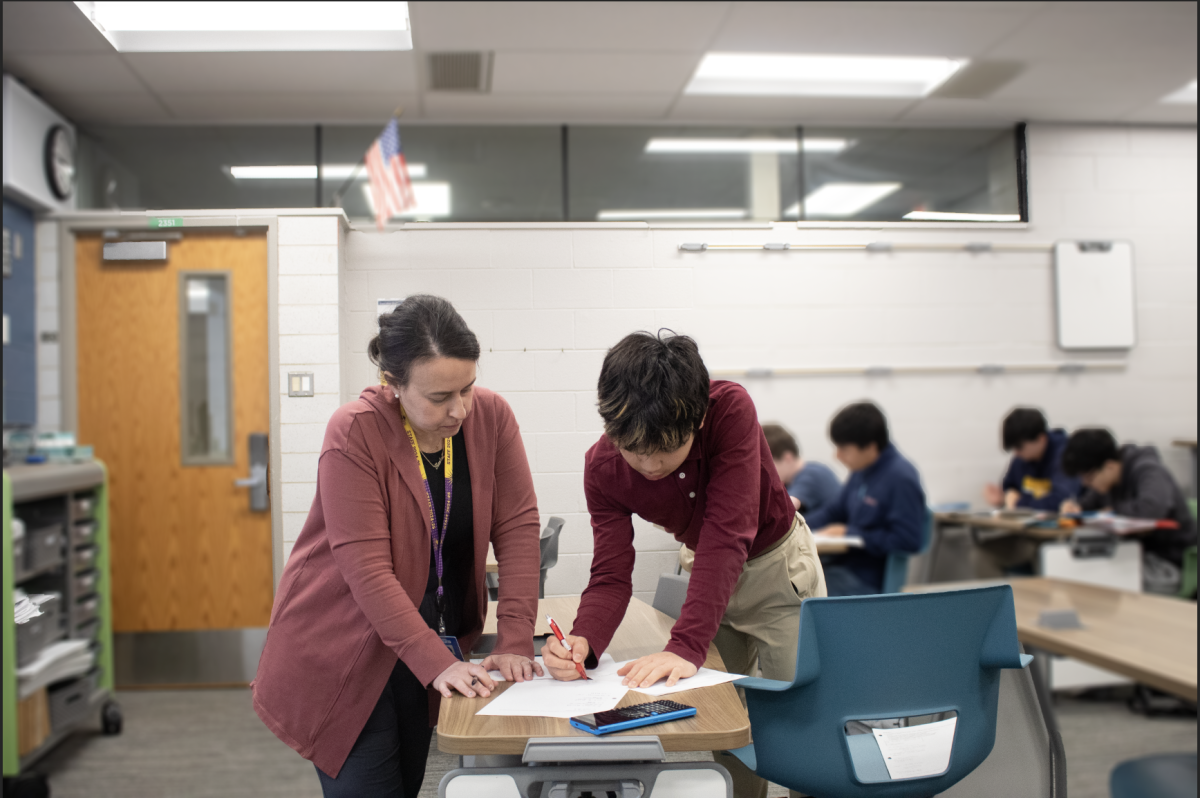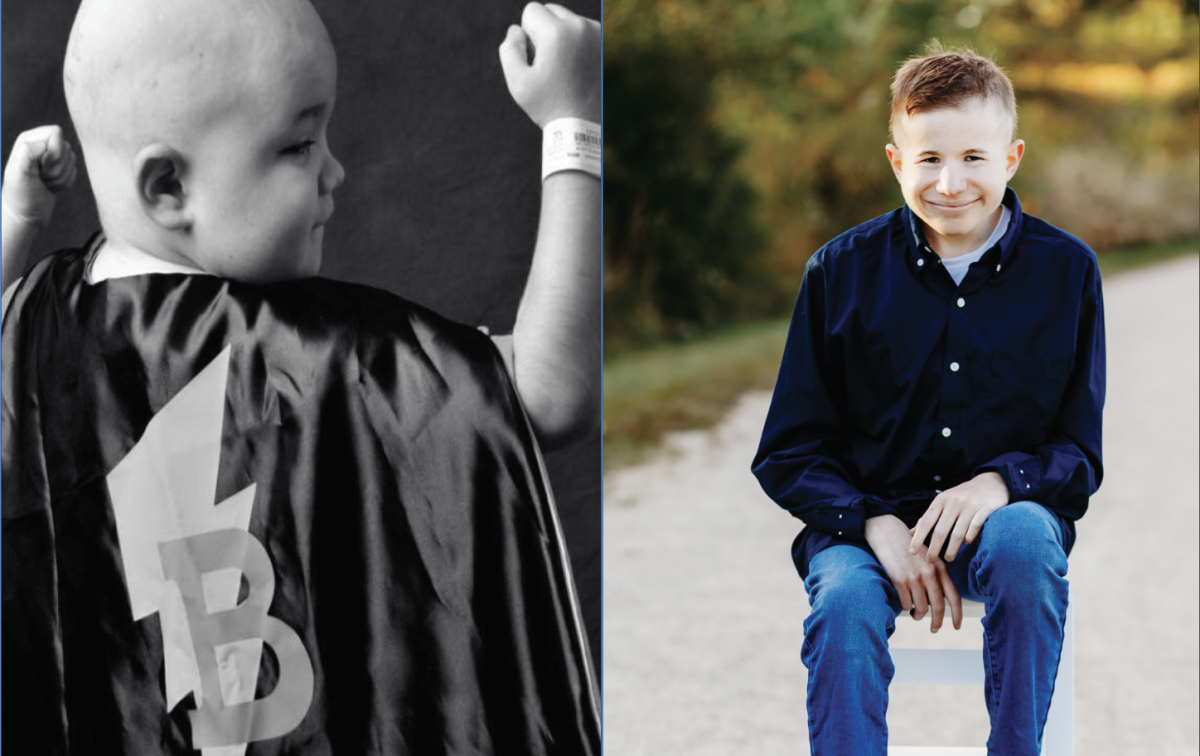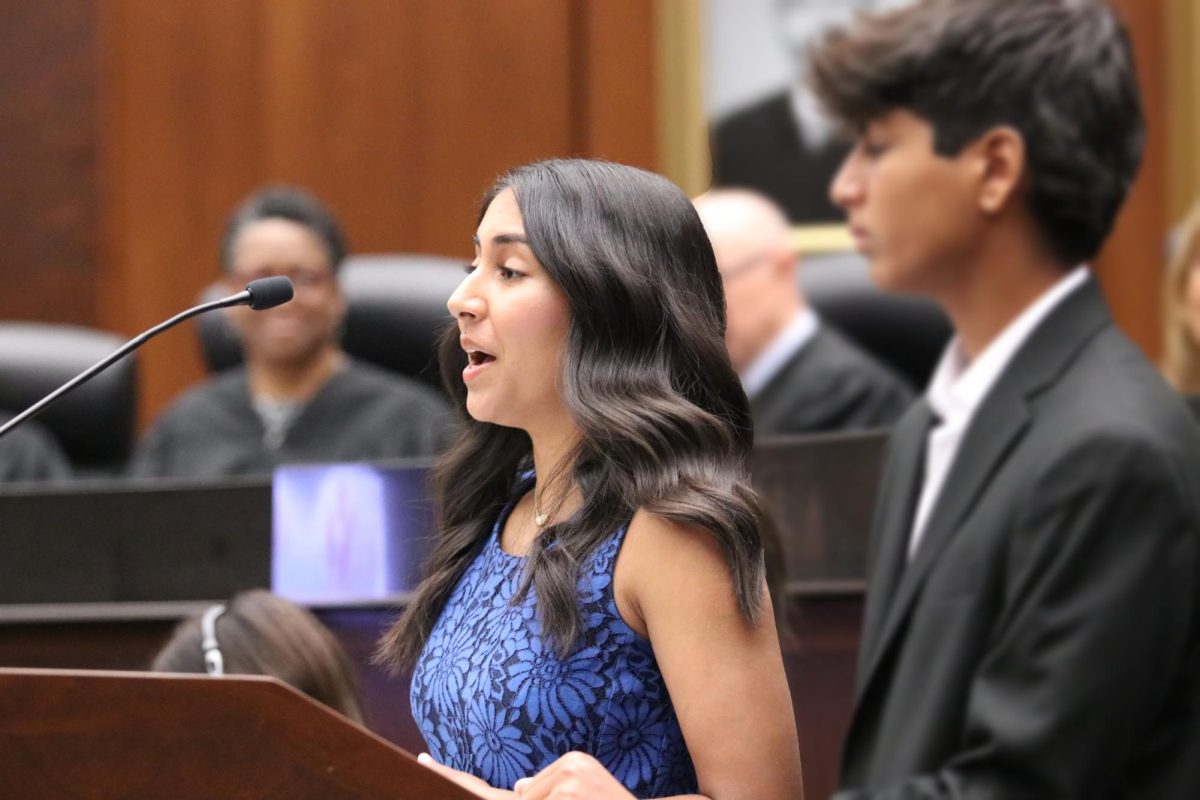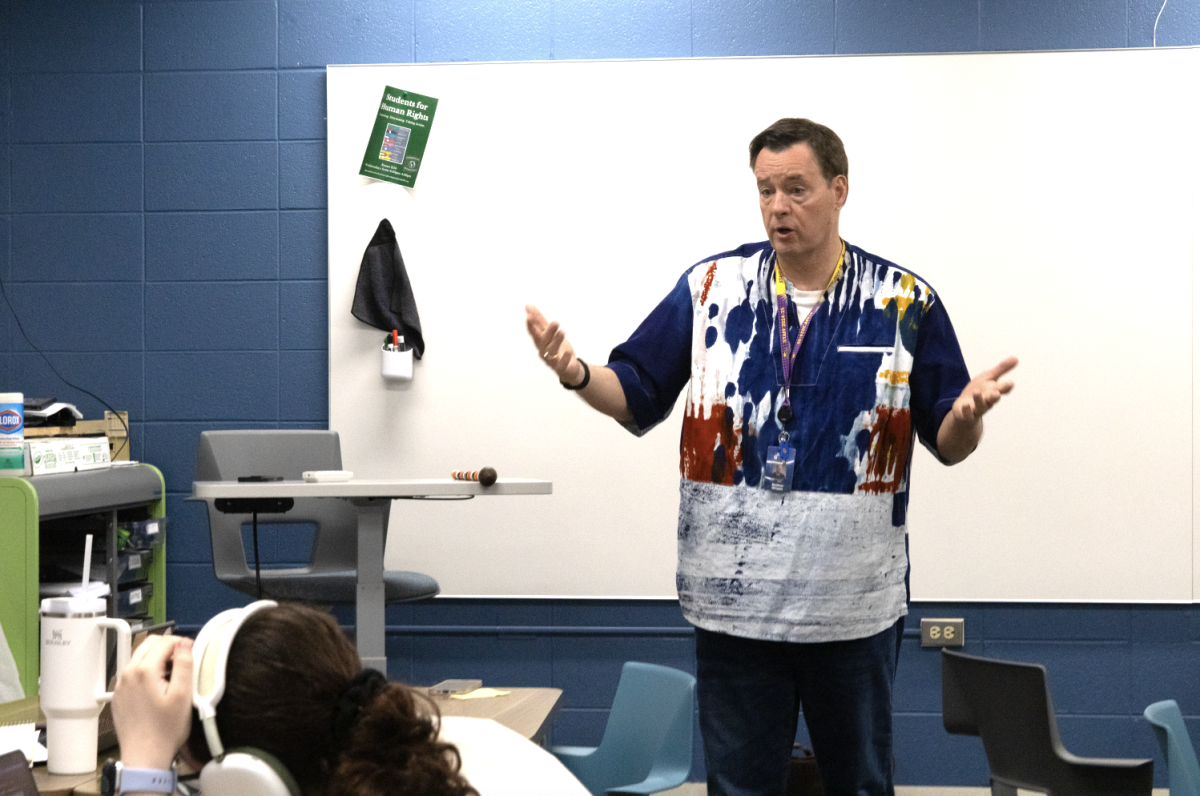There are a lot of religions throughout the world, with differing beliefs, customs and traditions. Students at South, through the classes Eastern and Western Religions, have been taught these religions and opened up to world culture in a more detailed manner.
Junior Michael Callahan took both Eastern and Western Religions as an alternative to AP Euro his sophomore year. According to Callahan, although he did not switch his religious standpoint, the classes changed his view on religions and gave him a better understanding of the merits behind each religious group’s beliefs.
“I didn’t know about many religions before hand, so I didn’t really understand what Islam stood for,” Callahan said. “Now I understand the way different people think in different parts of the world.”
The difference in Callahan’s thoughts has also affected the way he deals with difficult school related tasks, such as his homework or projects, according to Callahan. He remembers a time last year when his Spanish project was difficult and overwhelming, so he applied what he had learned to help him work on it in a more positive and beneficial way.
“I had a hard time completing [my Spanish project], and I was in my room just listening to music and I was like, ‘Oh this [stinks],’ so then I thought back to the religions class,” Callahan said. “I was like, ‘I can turn this into a good situation by communicating with my teacher and finishing the project and getting to work on it.’ And I guess it sort of affected my point of view as so that I was more optimistic.”
The classes were discussion based, according to Callahan, which helped him learn the religions in a way that could be applied to real world settings. In Eastern Religions, he remembers a discussion on a Buddhist family and the way they dealt with tragedy. According to Callahan, those stories helped him incorporate what he was learning not only to the world but also to himself.
“I think that the teaching and discussions that we had sort of integrated themselves into how I thought about the world implicitly, and so I didn’t really realize that I was thinking in a different way,” Callahan said. “I didn’t really realize it because it sort of changed my personality […] in a subtle manner.”
According to senior Adrijana Andelkovic, she took Eastern Religions with history teacher Stacy Flannery. Andelkovic was able to learn about the different religions, something she never explored outside her Christian roots.
“I was always raised Christian, and my family was pretty strict with religion,” Andelkovic said. “Every summer they would send me to a Christian church camp, so taking this class has kind of opened my mind to a lot of different religions and ideas.”
After learning about the different religions, according to Andelkovic, she realized that they all shared a common message of spreading love to everyone. However, she also learned that not only was Jesus a real man who had walked the Earth, but the founder of Buddhism was also real and walked the Earth. This similarity lead her to question which religion was real.
“I started thinking, well if they each have a founder it’s kind of impossible to know which one is the right one,” Andelkovic said. “I started thinking, well anything is possible really because there are aspects of my religion that I disagree with, but also I think each of the religions kind of do hold truth.”
According to senior Jeremy Fine, after taking Eastern Religions with Flannery as well, he realized that people should celebrate the difference in cultures and individuals rather than thinking better of themselves.
“It definitely made me less ethnocentric by kind of being able to take a step back and view these religions completely objectively,” Fine said. “Just [learning] how many people and how widely affected some of these religions are really forces you to realize that, you know, just because they are highly different than what we believe or highly different than the cultures around me doesn’t mean that it’s weird or that it’s incorrect in any way.”
According to Fine, he learned about the Ohm in the Hinduism unit in Eastern Religions. The Ohm has three parts, and one of the parts emphasized following a person’s bliss and working towards that bliss. This belief, according to Fine, inspired him.
“I just think as a person [following your bliss] just reminds you that, you know, I am here on this Earth, and I should be doing what makes me happy and setting goals that help me move towards what makes me happy,” Fine said. “And not that people should do that as an excuse to say ‘YOLO’ […], but I think it’s just a positive motto that you can use to live your life in a more positive way.”








